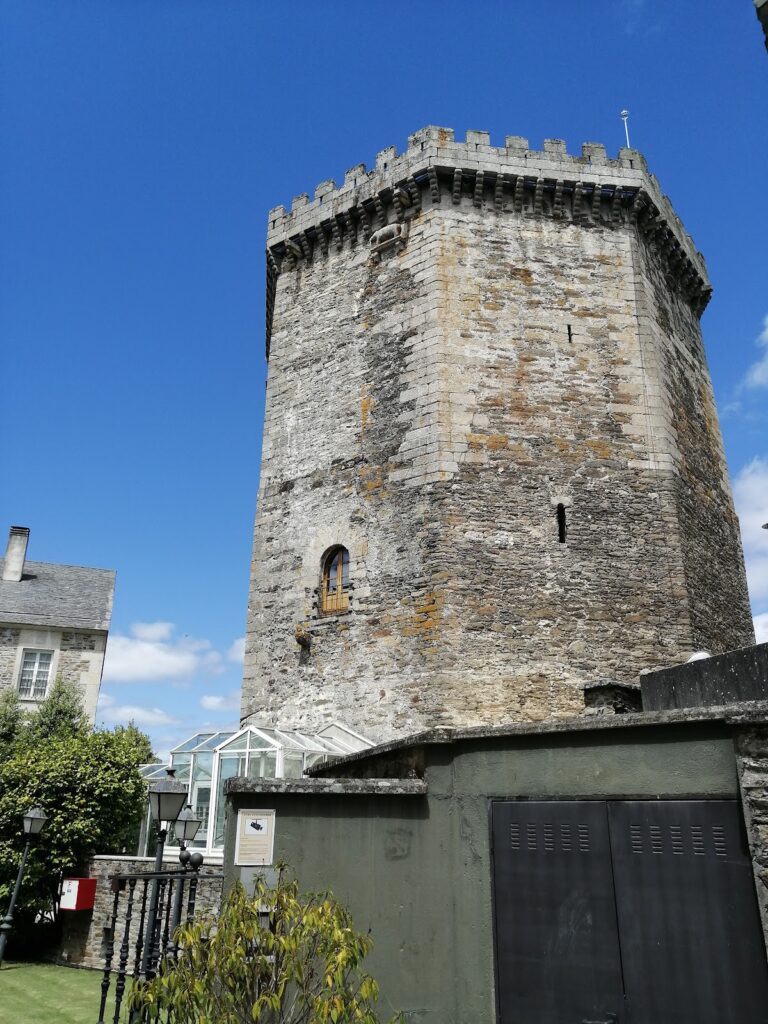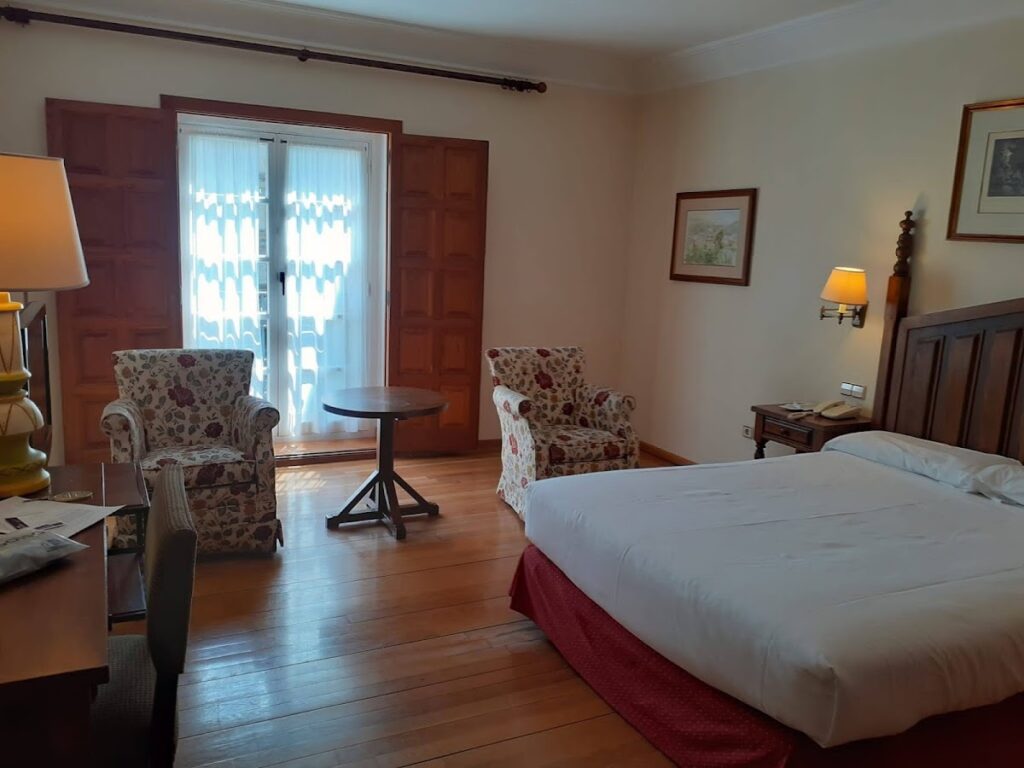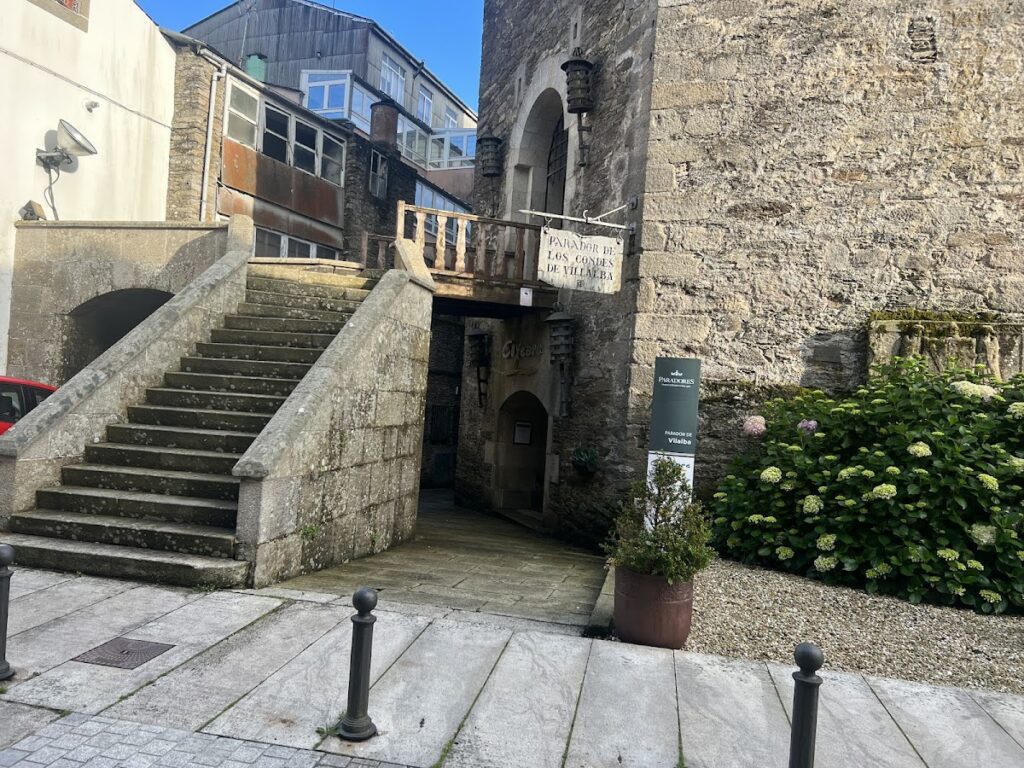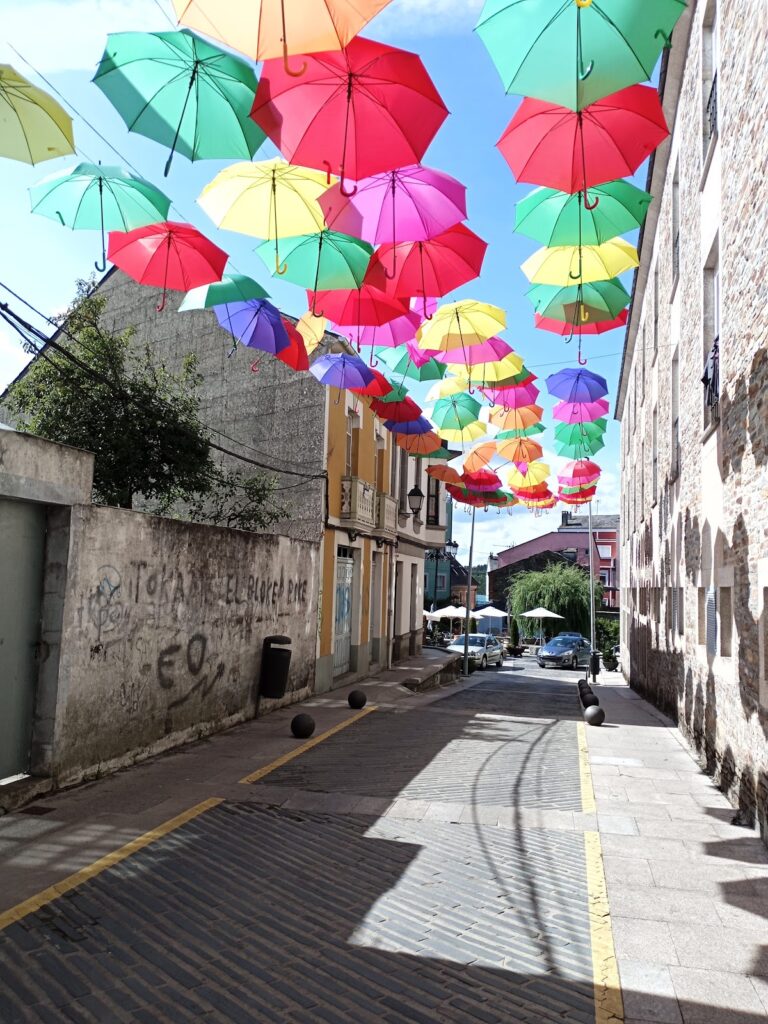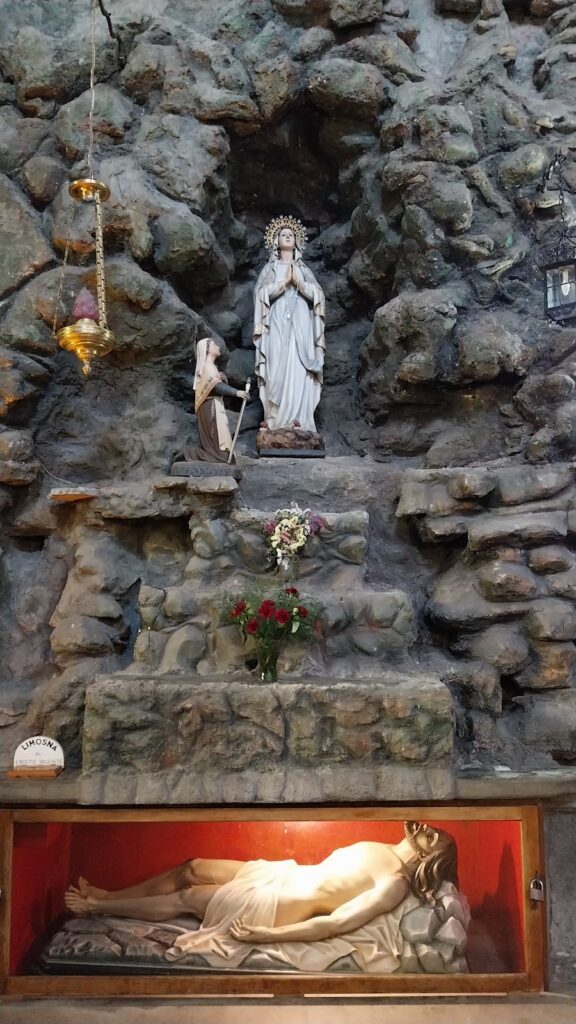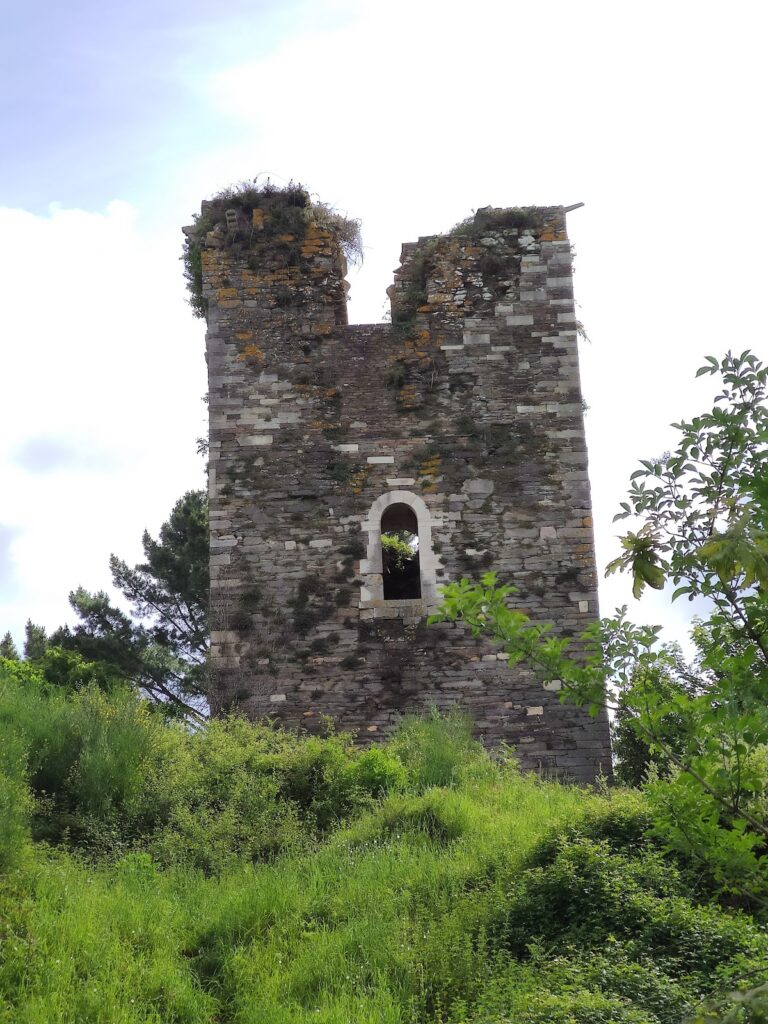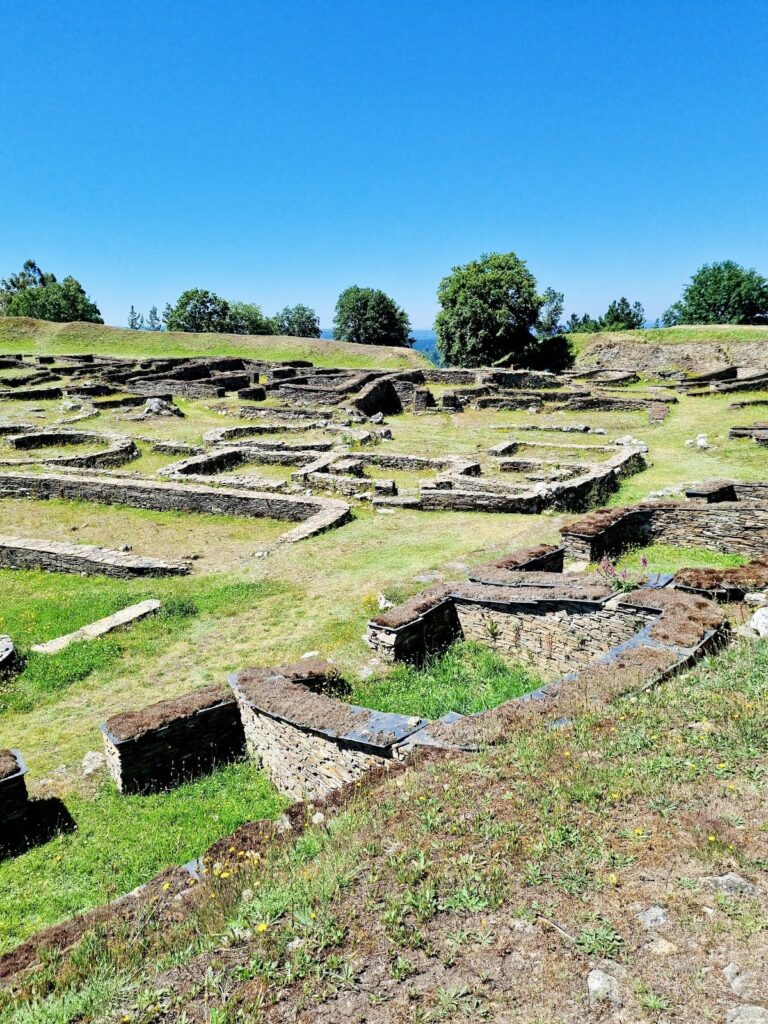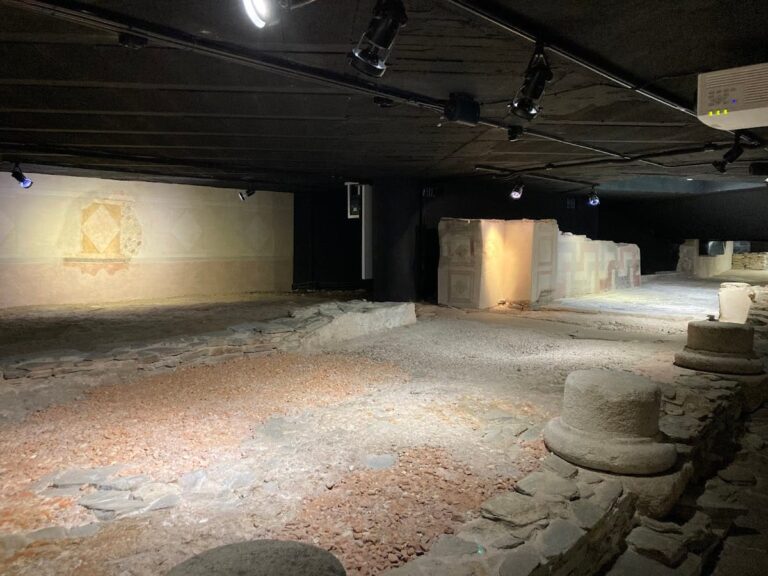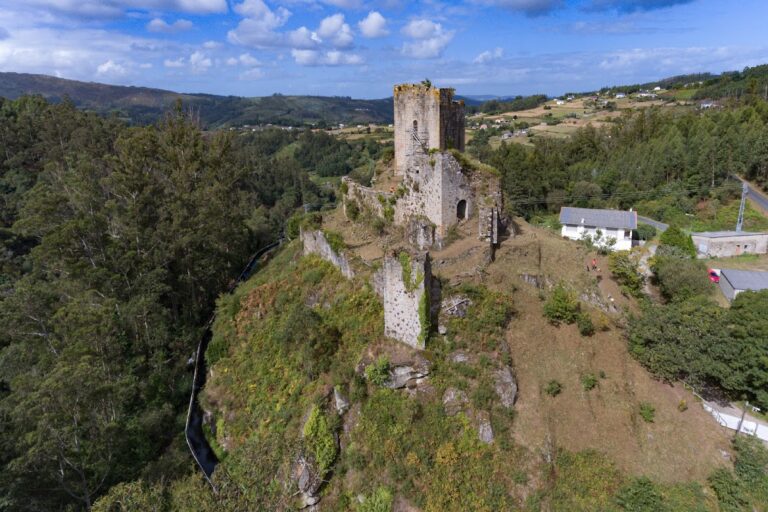Castelo de Vilalba: A Medieval Fortress in Vilalba, Spain
Visitor Information
Google Rating: 4.2
Popularity: Low
Google Maps: View on Google Maps
Official Website: www.turismo.gal
Country: Spain
Civilization: Unclassified
Remains: Military
History
The Castelo de Vilalba is located in the town of Vilalba, within the territory of modern Spain. It was originally established during the 11th century by the Castro family, a noble lineage that controlled the area during the early medieval period. Its initial construction capitalized on a strategic crossroads where two important routes met: the Northern Way (Camiño do Norte), a pilgrimage path, and an old royal road linking the towns of Betanzos and A Coruña. This location enhanced Vilalba’s military and commercial significance throughout the Middle Ages.
During the turbulent period of the 14th century civil conflict between Henry II of Trastámara and Peter I of Castile, the ownership of the castle and the town shifted. Fernán Pérez de Andrade, a key supporter of Henry II known as “O Boo,” received the castle as a reward for his loyalty. Notably, Andrade played a crucial role in sheltering Henry II at the fortress of La Rochelle, which contributed to Henry’s eventual triumph. Following the victory, the Andrade family was granted the lordship of Vilalba, marking a transfer of power from the original Castro rulers.
In the 15th century, the castle became a target during the insurgency of the Irmandiños, a popular revolt led by Nuno Freire de Andrade, nicknamed “O Mao.” The rebels attacked and caused significant destruction to the fortification. After the conflict, reconstruction efforts were led by Diego de Andrade, who was elevated to the County of Vilalba by the Catholic Monarchs, Isabella and Ferdinand. Under his guidance, the castle was rebuilt to restore its defensive and residential functions.
The castle’s lineage continued to evolve through marriage alliances. Teresa de Andrade, the granddaughter of Diego de Andrade, married Fernando Ruiz de Castro Osorio, a member of the House of Lemos, which resulted in the estate returning to the Castro family’s possession. This union linked two influential noble houses and shaped the castle’s ownership in subsequent generations.
Further adaptations of the castle took place in the 18th century, signifying continued use and modification over the centuries. In the 20th century, its historical value was recognized through official protection as a Cultural Interest Asset (Ben de Interese Cultural) starting with a 1949 decree, which has been upheld by later legal provisions. In the 1960s, the castle was repurposed for hospitality use, adapting the historical structures into a hotel while respecting its heritage.
Remains
The original layout of Castelo de Vilalba was defined by a polygonal enclosure surrounded by a defensive wall equipped with three towers. One of these towers was connected to the surrounding wall by a drawbridge, a movable wooden bridge designed to control access and enhance defense. Today, the most prominent surviving element is the octagonal keep tower, known as the “torre da homenaxe,” which functioned as the main defensive and residential tower within the castle complex.
Construction of the tower and other structures employed a combination of schist masonry and granite. The schist stone formed the bulk of the main walls, taking advantage of its availability and sturdiness, while granite was reserved for finishing touches such as battlements—referred to as ‘ameas’—and the frames surrounding doors and windows. This use of contrasting materials emphasized both durability and aesthetic detail in the fortress’s design.
Situated within the modern urban center of Vilalba, the castle stands adjacent to the town’s main square and the Church of Santa María, anchoring the historical core of the locality. The current condition of the tower predominantly reflects the rebuilding campaign carried out in the 15th century under Diego de Andrade, following the damage inflicted during the Irmandiños uprising.
In the 20th century, the castle complex was adapted to host a Parador hotel. An expansion added an annex with additional rooms, deliberately designed to blend with the existing environment and preserve the site’s historical character. This careful integration ensures that the castle’s medieval features remain prominent while accommodating new functions.
Overall, the remains of Castelo de Vilalba present a layered record of medieval fortification techniques, noble residence, and later interventions, all preserved within the evolving fabric of Vilalba’s town center.
